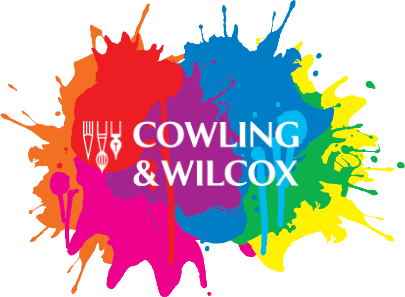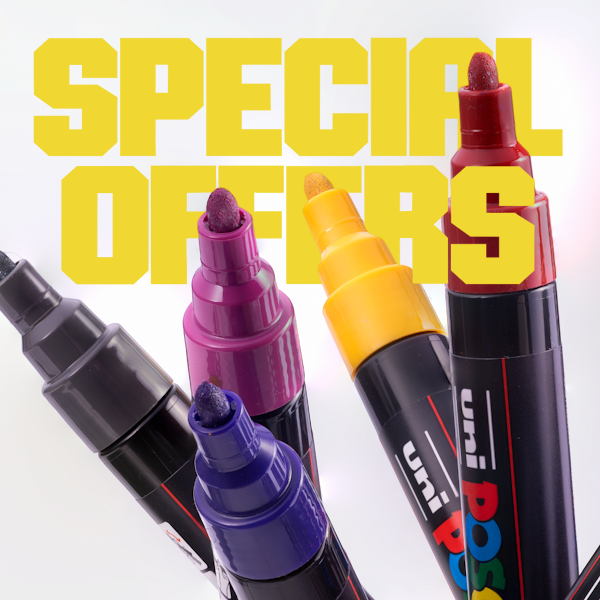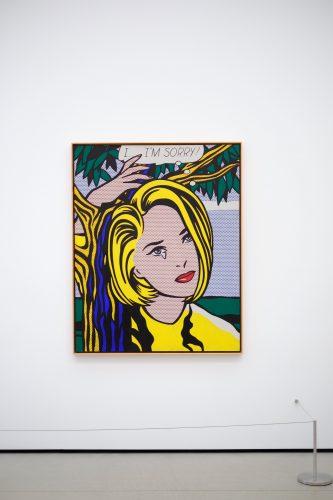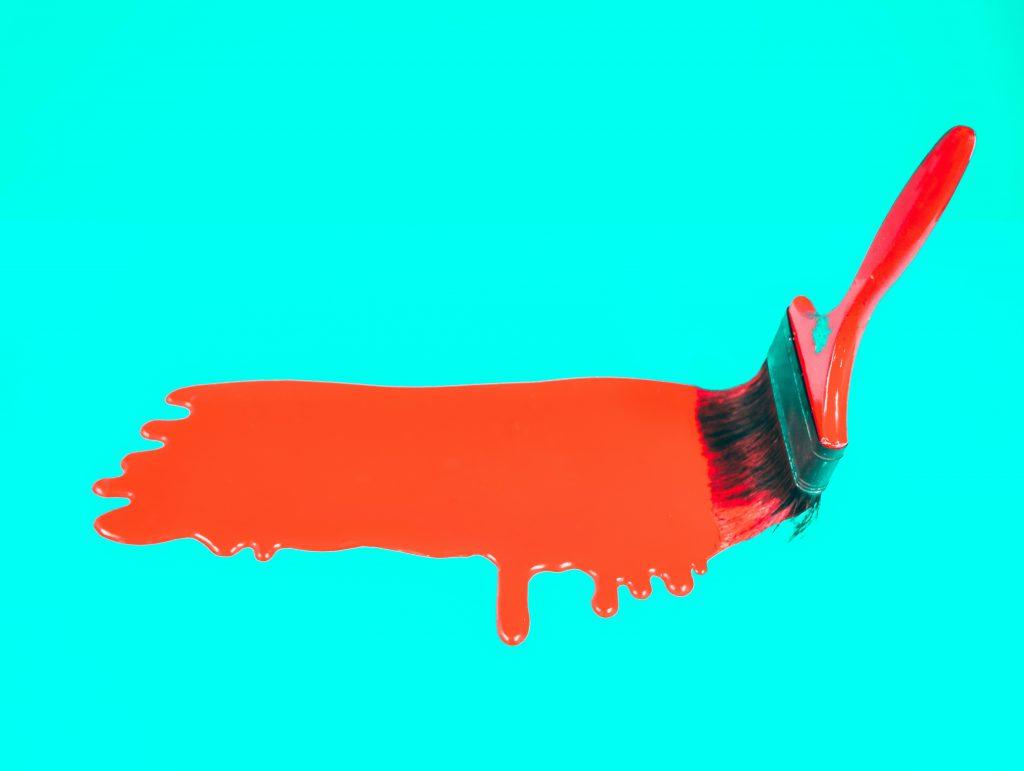
If you are looking for a new style for your art, why not consider experimenting with Pop Art styles? Whatever your subject matter or medium, it’s easy to adopt some common mannerisms and elements of the great Pop Artists of the 1950s and 60s. Here are some tips on how to make Pop Art.
What is Pop Art?
You may be familiar with the Pop Art greats, such as Andy Warhol and Roy Lichtenstein, but you might not know the real meaning behind this important art movement. Pop Art was a reaction to the traditional art pieces and the state of the modern world in the 1950s.
Young artists found that critically acclaimed art on display in galleries and museums was the only way that they were taught to make art. These styles, subjects and mediums did not relate to their daily lives, so Pop Art was a way to rebel against tradition. They found new mediums, innovative ways of making art and chose totally new subjects to draw from.
No two artists created Pop Art in the same way, but there are a few common elements across the movement which you can incorporate into your own drawings and paintings.
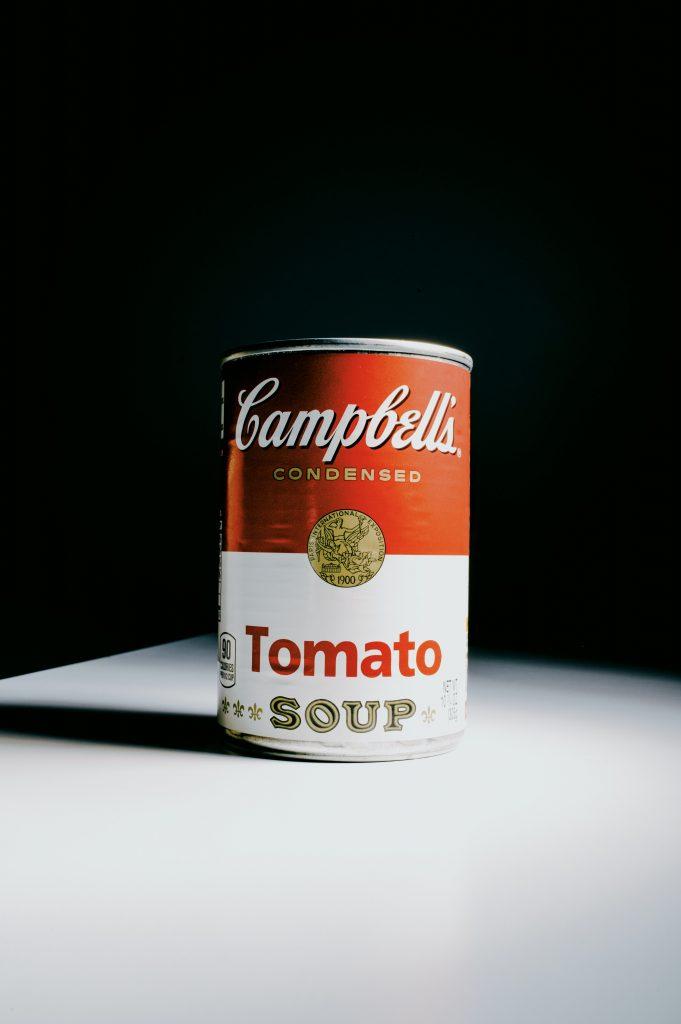
Vibrant Colours
Instead of opting for subtle and realistic colours, Pop Artists chose bright and vibrant colours in their pieces, typically primary colours. Block colours filled in areas surrounded by thick black lines, meaning that shadows and 3D shapes had to be created in other ways. In the case of Roy Lichtenstein in particular, artists would add dots to their pieces to emulate the style of printed comic books at the time.
Marker pens, such as Winsor & Newton ProMarkers, are perfect for creating streak-free and vibrant colours as well as strong outlines for your Pop Art. Shop now.
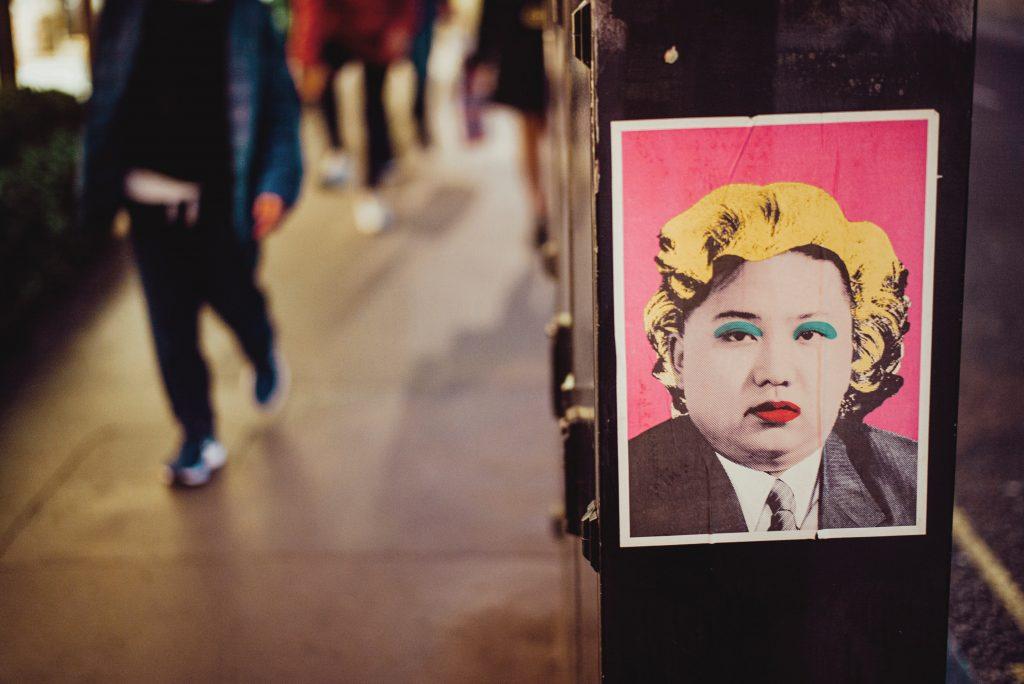
Media Icons
During the mid 20th century, traditional art subjects of flowers and fruit bowls simply weren’t relevant to the lives of young artists. Pop Artists chose symbols and icons that played larger roles in modern life while also being a reaction to mass media and consumerism. This combined in the movement choosing so-called “low” subject matter for its compositions, including ordinary objects, popular brands and the faces of celebrities. Pop Art was aimed at proving that art can come from any source.
This is not to say that you must copy the same symbols that the great Pop artists used, such as soup cans or popular film stars. Instead, you can choose something more modern and, most importantly, relevant. If there is a brand or item that particularly sums up modern life or your own everyday life, that is a perfect subject for a Pop Art style creation.
Innovation
The Pop Art movement was about breaking out of traditional art processes. This meant isolating subjects, taking them out of context, and removing all of the detail. Subjects were often taken away from their typical surroundings and location, such as Andy Warhol’s ‘banana’, and you can do this too. Simplify your subjects, both in their context and in their colours. Nothing has to be realistic – as Andy Warhol said, “Art is whatever we can get away with.”
There was also an element of satire and humour in the Pop Art movement. Poking fun at and mocking consumerism, particularly adverts, was popular among Pop artists. Challenging the status quo shouldn’t stop at the style, be innovative in your composition too.
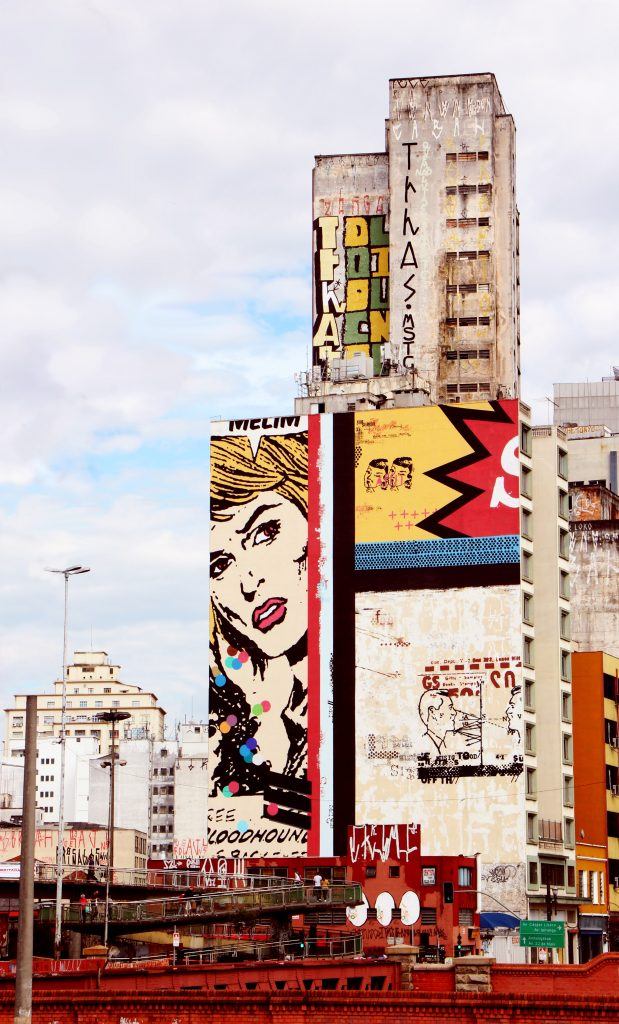
Collage and Repetition
Printmaking was a popular method among Pop artists, as well as mixed media compositions. Prints allowed artists to create many of the same images, like Andy Warhol’s famous Marilyn Monroe piece. They were able to create stencils for mass printing on their work, which is far easier with modern technology.
Collage was also a popular way of creating a Pop Art piece. Taking logos from popular consumerist brands or news headlines and altering them to include in compositions was popular and is a great way to reflect the modern world. This blending of symbols from mainstream and popular culture was a way of blurring the lines between high and low art. Combining fine art with advertising and icons of mass media is a great way to emulate the Pop Art style.
If collage and drawing is not your style, there are numerous digital apps that can help to save time and boost creativity when creating art in a Pop Art style. With built-in and customisable effects and filters in a Pop Art style, apps like Adobe Photoshop make altering colours and repeating icons far easier than on paper. Check out our blog on our top digital drawing apps on the market today.
< Back to blog